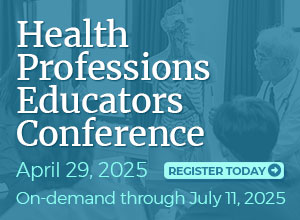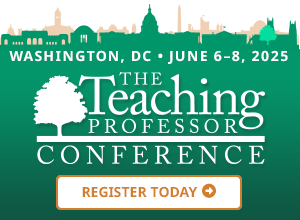What Is Teaching without Learning?
When you take ideas to places of extremity, they become distorted. “It is not part of my job to make you learn,” Philosophy Professor Keith M. Parsons writes in his syllabus to first-year students. “At university, learning is your job—and yours alone. My job is to lead you to the fountain of knowledge. Whether you drink deeply or only gargle is entirely up to you.”




